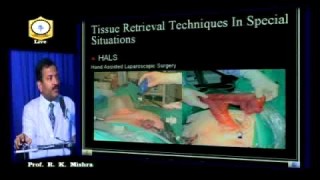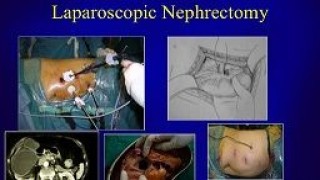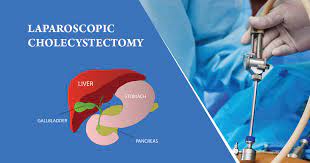Laparoscopic sterilization with the Falope-ring technique
Add to
Share
344 views
Report
2 months ago
Description
Laparoscopic sterilization is a widely used method of permanent contraception for women. Among the various techniques available, the Falope-ring technique is one of the simplest, safe, and effective methods for tubal sterilization. This procedure involves occluding the fallopian tubes to prevent fertilization, using a specially designed silicone ring, known as the Falope ring. Indications Laparoscopic sterilization using the Falope-ring is indicated for women who: Desire permanent contraception. Have completed their family and do not wish for future pregnancies. Prefer a minimally invasive method with quick recovery. It is important to ensure that the patient has received proper counseling about the permanence of the procedure and alternative contraception options. Preoperative Preparation Routine preoperative evaluation, including history, examination, and investigations, is performed. Informed consent is obtained, explaining the risks, benefits, and possible complications. The patient is advised to fast for 6–8 hours before surgery. Surgical Procedure Anesthesia: General anesthesia or regional anesthesia may be used. Laparoscopic Access: A small incision is made near the umbilicus to insert the laparoscope. Pneumoperitoneum is created using carbon dioxide. Identification of Fallopian Tubes: The fallopian tubes are visualized carefully. Application of Falope Ring: A small segment of the fallopian tube is grasped and pulled into a specially designed applicator. The silicone Falope ring is then placed at the base of the tube, occluding it. Confirmation: Proper placement is verified laparoscopically. Closure: The instruments are removed, and the incision is closed with sutures or adhesive strips. Advantages Minimally invasive, with small incisions and minimal scarring. Short operative time and rapid recovery. High efficacy in preventing pregnancy (>99%). Lower risk of complications compared to open tubal ligation. Postoperative Care Patients are usually observed for a few hours post-surgery and can often go home the same day. Mild abdominal discomfort, shoulder tip pain, or nausea may occur but resolves within a few days. Normal activities can generally be resumed within 1–2 days. Complications and Considerations Though rare, possible complications include: Bleeding or infection at the incision site. Injury to nearby organs (bladder, bowel, or blood vessels). Ectopic pregnancy if sterilization fails. Rare cases of tubal recanalization or migration of the Falope ring. Conclusion The Falope-ring technique for laparoscopic sterilization is a safe, effective, and minimally invasive method for permanent contraception. With proper patient selection, counseling, and surgical expertise, it provides reliable long-term birth control with minimal recovery time and low complication rates.
Similar Videos






